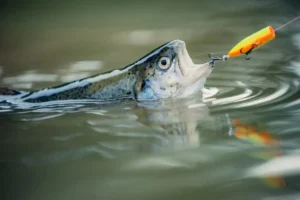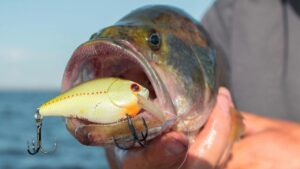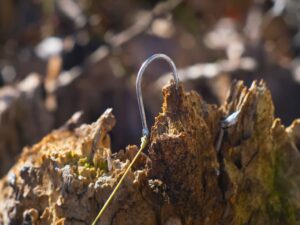How to Tie the Palomar Knot?
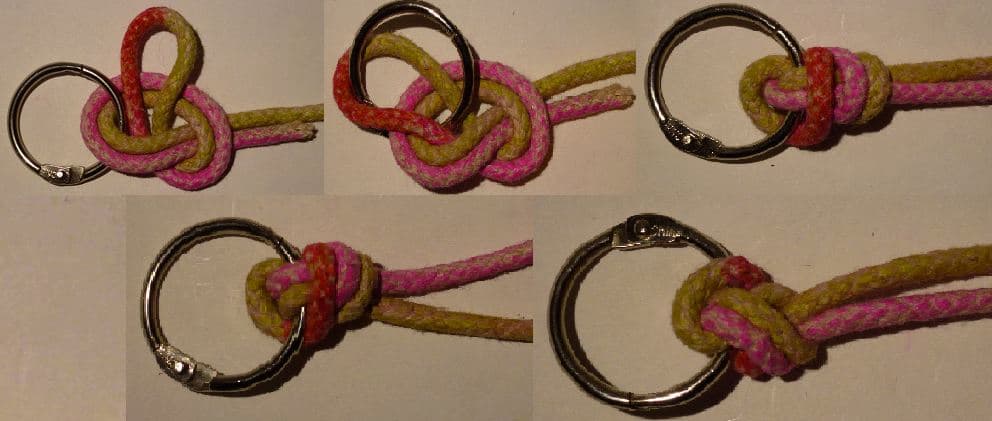
Are you an avid angler looking for a strong and reliable knot to secure your fishing line? Look no further than the Palomar knot.
In this article, we will guide you through the process of tying the Palomar knot, step by step. Whether you’re a beginner or an experienced angler, mastering this knot will greatly enhance your fishing experience.
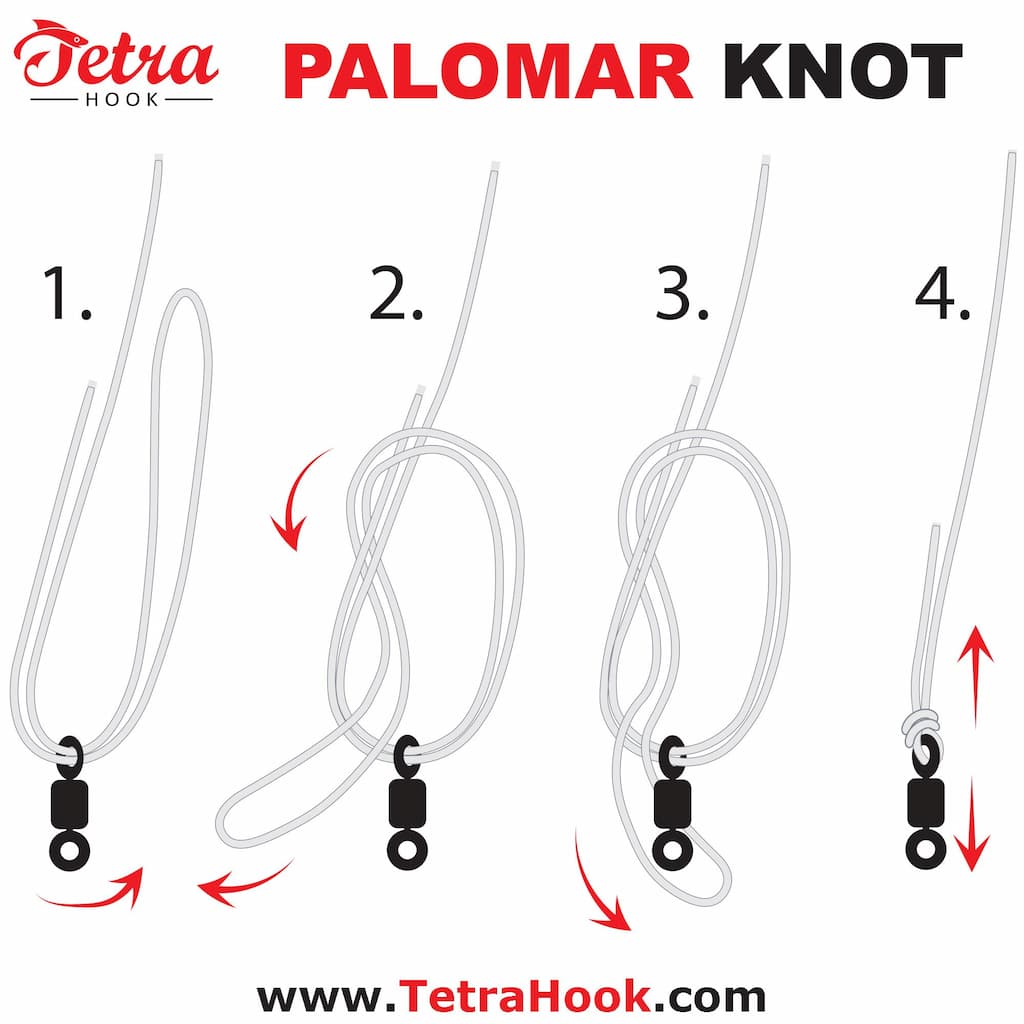
Introduction
Fishing knots play a crucial role in the success of your fishing endeavors. A well-tied knot ensures that your line remains secure and prevents your prized catch from escaping. Among the many knots used by anglers, the Palomar knot stands out for its strength, simplicity, and versatility. Learning how to tie this knot is a valuable skill for any angler.
What is the Palomar Knot?
The Palomar knot is a strong and reliable fishing knot that is commonly used to attach a fishing line to a hook, lure, or swivel. It was named after the Palomar Test Range in California, where it gained popularity among anglers due to its simplicity and effectiveness.
Advantages of the Palomar Knot
The Palomar knot offers several advantages that make it a preferred choice for anglers worldwide. Firstly, its strength ensures that your knot won’t give way when you’re battling a feisty fish. Secondly, it is easy to tie, even in low-light conditions or when your hands are cold and wet. Lastly, the Palomar knot works well with different types of fishing lines, including braided lines and monofilament lines.
How to Tie the Palomar Knot
Follow these simple steps to tie the Palomar knot and secure your fishing line effectively
Step 1: Double the line
Start by doubling the fishing line to create a loop. Make sure to leave enough tag end to work with.
Step 2: Pass the loop
Pass the loop through the eye of the hook, lure, or swivel. Ensure that you have enough line to work with in the next step.
Step 3: Tie an overhand knot
Take the loop and tie an overhand knot around the doubled line. Make sure the knot is loose enough to pass the loop through.
Step 4: Pass the loop again
Pass the loop through the overhand knot you just tied. This creates a second loop or “noose” that will tighten when you pull the line.
Step 5: Tighten the knot
Moisten the knot with saliva or water to reduce friction, then pull both ends of the line to tighten the knot. Ensure the knot is tight and secure before trimming any excess line.
Tips for Tying the Palomar Knot
- When tying the Palomar knot, moistening the line helps reduce friction and allows the knot to tighten smoothly.
- Ensure that the loops are well-formed and not twisted before tightening the knot.
- Practice tying the knot several times before heading out for your fishing trip to gain confidence and ensure you tie it correctly when it matters.
Common Mistakes to Avoid
- One common mistake is failing to create a large enough loop before passing it through the eye of the hook, lure, or swivel. This can make it difficult to tie the overhand knot properly.
- Another mistake is not fully tightening the knot. A loose knot can lead to slippage or failure when you have a fish on the line.
When to Use the Palomar Knot
The Palomar knot is incredibly versatile and can be used in various fishing situations. It is particularly useful when fishing with braided lines, as it grips the smooth surface of the line effectively. This knot is also suitable for monofilament and fluorocarbon lines, making it a great all-around choice for different fishing styles and species.
Other Fishing Knots to Consider
While the Palomar knot is a reliable option, it’s always beneficial to have a few alternative knots in your repertoire. Some popular knots among anglers include the Improved Clinch knot, Uni knot, and Blood knot. Each knot has its strengths and weaknesses, so exploring different knots can broaden your fishing techniques.
Conclusion
Mastering the Palomar knot is an essential skill for any angler. Its simplicity, strength, and versatility make it a go-to knot for securing fishing lines to hooks, lures, or swivels. By following the step-by-step instructions outlined in this article and practicing tying the knot, you’ll be well-prepared for your next fishing adventure.



